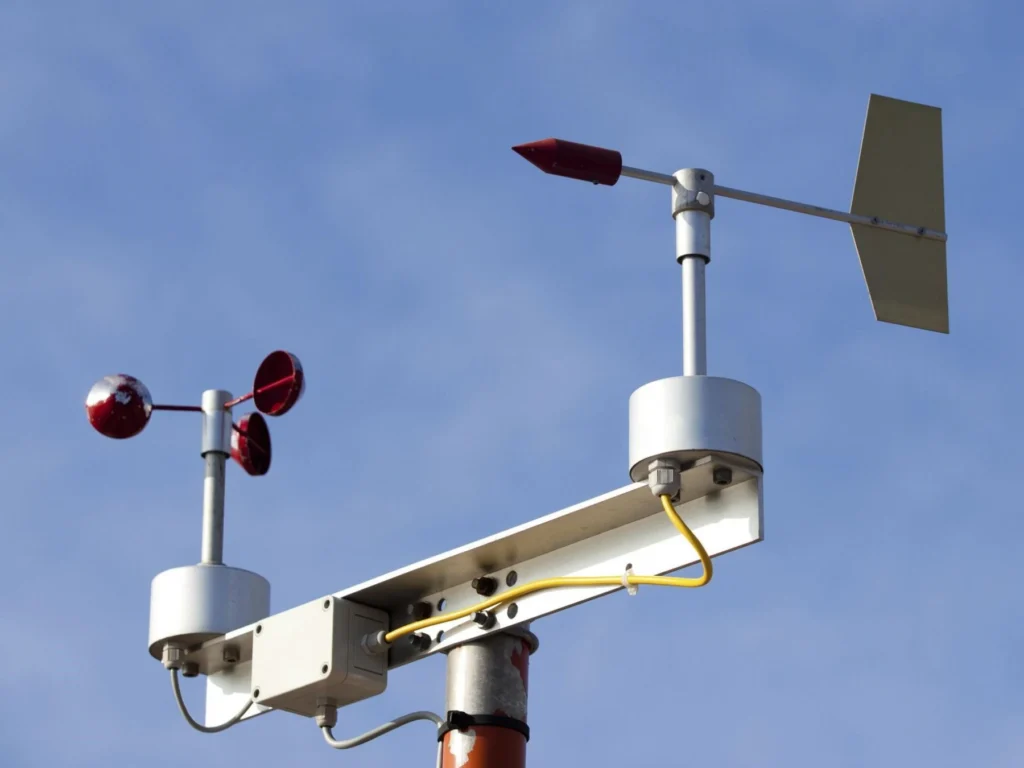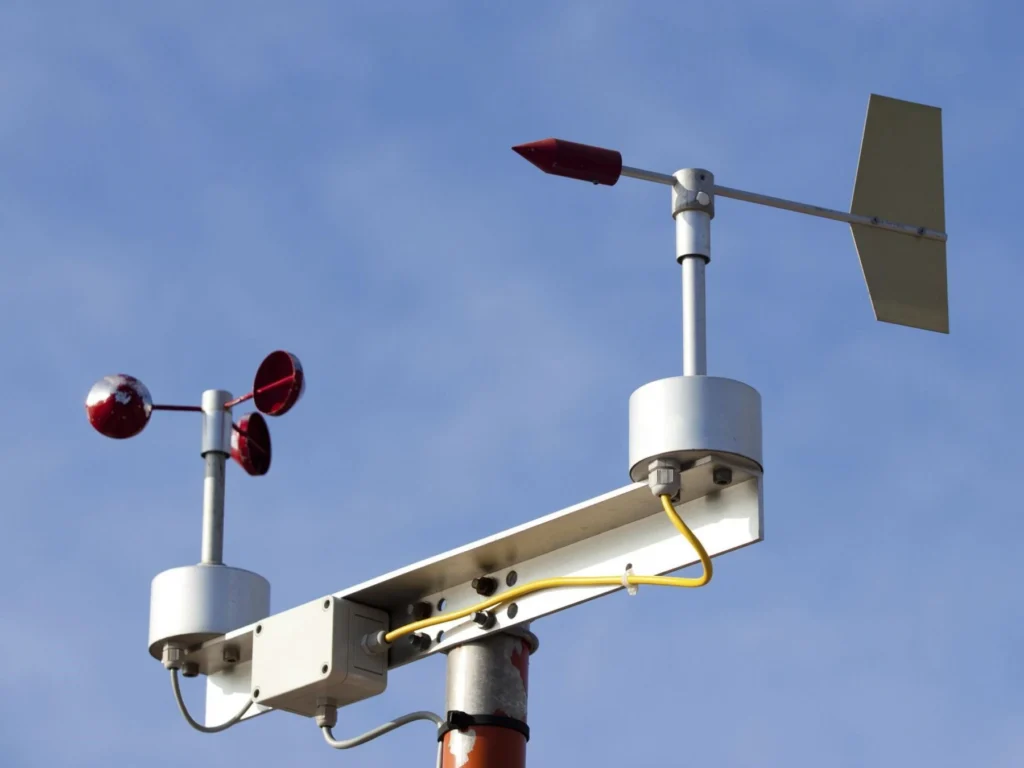Wind Measuring Instrument: A Comprehensive Guide to Anemometers and Their Applications

# Wind Measuring Instrument: A Comprehensive Guide to Anemometers and Their Applications
Wind measuring instruments, commonly known as anemometers, are essential tools for accurately measuring wind speed and direction. These devices are widely used in various fields, including meteorology, aviation, environmental monitoring, and renewable energy. This guide will explore the different types of anemometers, their working principles, and their applications.
## Types of Anemometers
There are several types of anemometers, each designed for specific applications and environments. The most common types include:
### 1. Cup Anemometers
Cup anemometers are one of the oldest and most widely used types. They consist of three or four cups mounted on horizontal arms, which rotate when exposed to wind. The rotation speed is proportional to the wind speed, and this data is then converted into a readable measurement.
### 2. Vane Anemometers
Vane anemometers, also known as propeller anemometers, use a propeller or fan to measure wind speed. The propeller is mounted on a shaft that rotates as the wind blows, and the rotation speed is measured to determine wind speed. These devices often include a tail fin to measure wind direction as well.
### 3. Hot-Wire Anemometers
Hot-wire anemometers measure wind speed based on the cooling effect of air flow on a heated wire. As the wind speed increases, the wire cools down, and the change in temperature is used to calculate the wind speed. These anemometers are highly sensitive and are often used in laboratory settings.
### 4. Ultrasonic Anemometers
Ultrasonic anemometers use ultrasonic sound waves to measure wind speed and direction. They consist of multiple pairs of transducers that send and receive sound waves. The time it takes for the sound waves to travel between the transducers is affected by the wind, allowing for precise measurements.
### 5. Laser Doppler Anemometers
Laser Doppler anemometers use laser beams to measure the velocity of particles in the air. By analyzing the Doppler shift of the laser light scattered by these particles, the wind speed can be determined. These devices are highly accurate and are used in research and specialized applications.
## Applications of Anemometers
Anemometers are used in a wide range of applications, including:
### 1. Meteorology
In meteorology, anemometers are used to measure wind speed and direction, which are critical for weather forecasting and climate studies. Accurate wind measurements help meteorologists predict weather patterns, storms, and other atmospheric phenomena.
### 2. Aviation
In aviation, anemometers are used to measure wind speed and direction at airports and on aircraft. This information is crucial for safe takeoffs, landings, and flight navigation. Pilots rely on accurate wind data to make informed decisions during flights.
### 3. Environmental Monitoring
Anemometers are used in environmental monitoring to assess air quality and pollution levels. By measuring wind speed and direction, environmental scientists can track the dispersion of pollutants and develop strategies to mitigate their impact.
### 4. Renewable Energy
In the renewable energy sector, anemometers are used to assess wind resources for wind turbine installations. Accurate wind measurements are essential for determining the feasibility and efficiency of wind energy projects. Anemometers are also used to monitor the performance of existing wind turbines.
### 5. Industrial Applications
Anemometers are used in various industrial applications, such as HVAC (heating, ventilation, and air conditioning) systems, where they help optimize airflow and ensure proper ventilation. They are also used in manufacturing processes that require precise control of air flow.
## Choosing the Right Anemometer
When selecting an anemometer, it’s important to consider the specific requirements of your application. Factors to consider include the range of wind speeds you need to measure, the environment in which the anemometer will be used, and the level of accuracy required. Additionally, consider whether you need to measure wind direction as well as speed,
Keyword: wind measuring instrument
